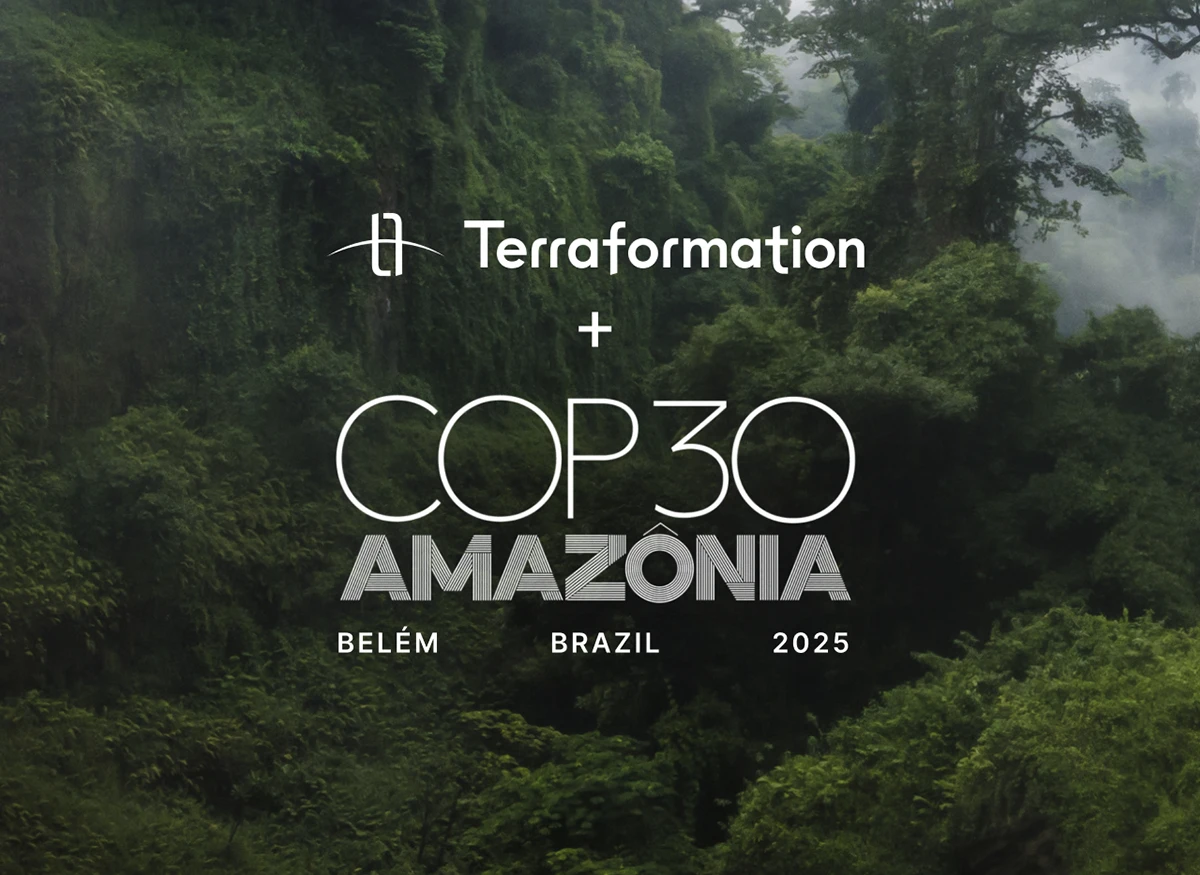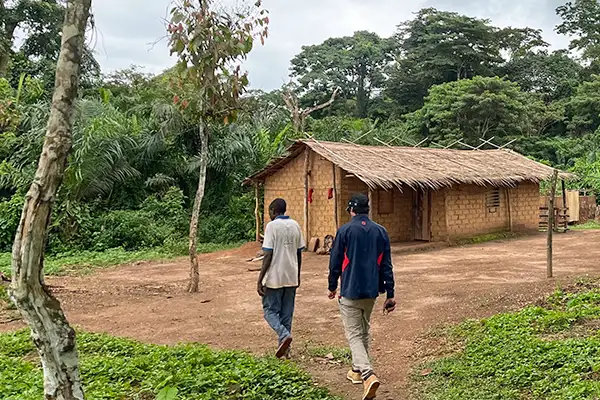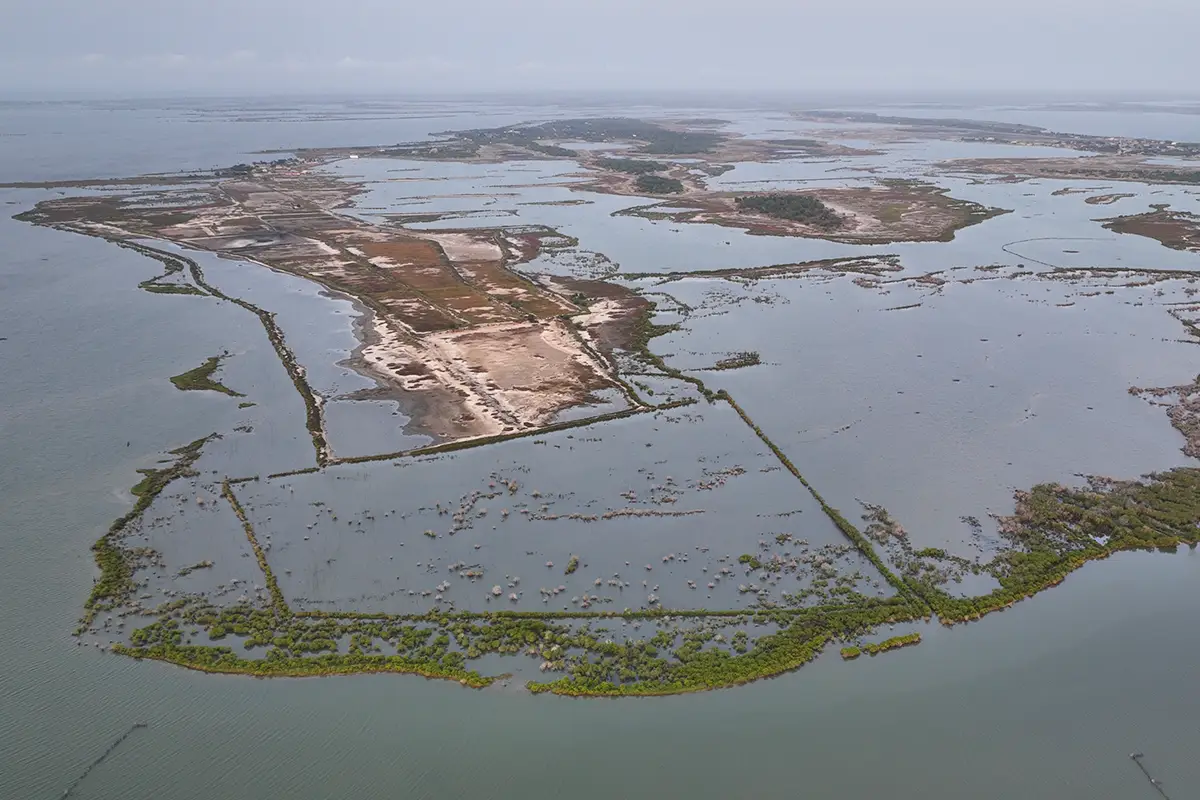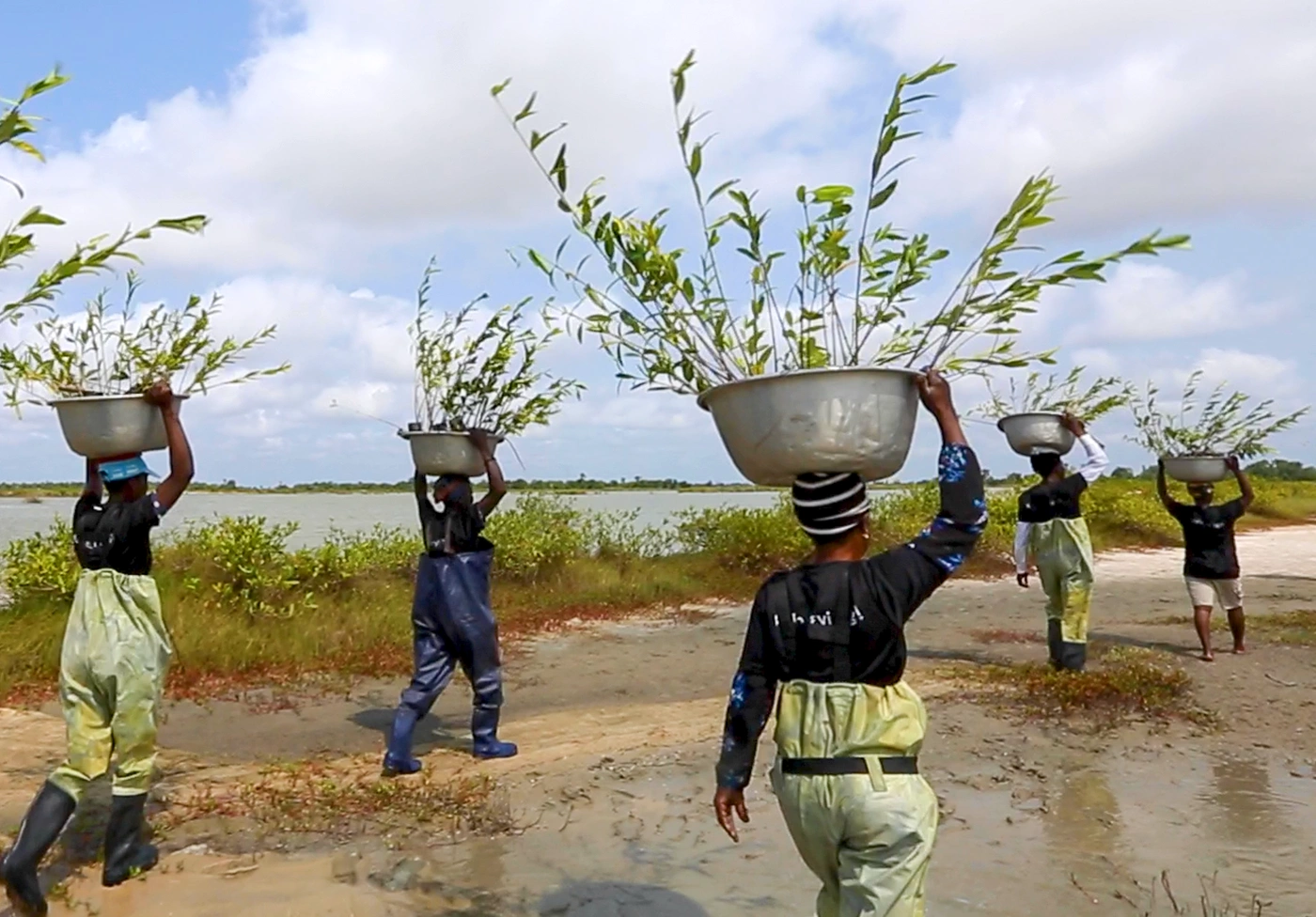Sowing the Future: Revitalizing Nature in the Colombian Andes

The tropical Andean region of Colombia is one of the world’s richest biodiversity hotspots. Covering just 5% of Colombia’s area, the southwestern corner of this region, called Antioquia, hosts over 50% of the country’s vascular plants, amphibians, birds, and mammals. Its ecosystems are diverse, ranging from humid to dry forests, and from mangroves to mountains.
Hummingbirds, jaguars, and rare orchids depend on these woodlands and wildlife corridors for their survival. Yet with only 30% of the area’s natural forests remaining, ecological restoration is urgently needed.
Grupo Argos Foundation, a leader in environment and social impact initiatives in Colombia, and Terraformation have partnered to accelerate the restoration of critical ecosystems across the Andean region.
Called Sembrando Futuro (“Sowing the Future”) 2.0, this 1,150-hectare project will sequester over 390,000 tonnes of carbon dioxide and other greenhouse gases over the next 40 years. In addition to restoring wildlife habitats and migration routes, the initiative will advance the planting of 2.3 million trees.
Related Video
Watch the transformative impact of these ecosystem restoration efforts in the Colombian Andes.
Mire este video en español.
The benefits to biodiversity are the cornerstone of the project, which is located in or near three Key Biodiversity Areas (KBAs). Over 17 species unique to the tropical Andes depend on this forest ecosystem, including nine threatened species. A new project facility, CIRCA (Center for Research and Conservation of the Forests of the Cauca River), will serve as a local hub for research, knowledge generation, outreach, and education that will help preserve the area’s natural heritage.
Woven into the project are plans to bring improvements to local quality of life. Sembrando Futuro 2.0 will “offer long-term benefits that extend over decades and generate multiple co-benefits for communities,” explains José Erlin Guerrero Martinez, Director of Biodiversity, Water and Climate Change at Grupo Argos Foundation.
Local co-benefits, global climate impact
The carbon captured by the restored forest will contribute to Colombia’s net zero climate targets, while the proceeds from the carbon offsets will primarily benefit local landowners, who will receive 55% of the revenue generated.
Yet these offsets are only part of the big picture. Guerrero Martinez explains that carbon credits and the income they produce tend to get most of the attention, “but this kind of project has a lot of different benefits that we are emphasizing.”
Grupo Argos Foundation has long focused on generating employment opportunities for women and youth through its We Create Social Value initiative. By providing technical and leadership training and business mentoring, the foundation builds capacity for these underrepresented groups to achieve entrepreneurial and career goals.
This restoration in the tropical Andes reflects these values: the project aims to create 1,300 jobs in the next five years, bringing new sustainable livelihoods to the region. Nursery managers, seed collectors, and planters are needed to successfully restore the forest using native species and nurture it as it grows.
Sembrando Futuro 2.0 brings together the foundation’s commitments to sustainability and social impact. “This alliance marks a significant milestone in our efforts to address climate change and revitalize our ecosystems, all while generating a meaningful impact on communities with new employment and investment opportunities,” says María Camila Villegas, Executive Director of Grupo Argos Foundation.
Private land, public good: A collaboration for nature
For funders, the innovative design of Sembrando Futuro 2.0 reduces risk while increasing impact. Much of the project’s land borders are protected forest areas designated for conservation. These private lands have largely been owned by individual families for many generations.
This public–private partnership creates both security and accountability: land ownership is clearly delineated, while landowners have agreed to limit the project’s activities in the areas to conservation, helping ensure the permanence of the restored forest.
According to Guerrero Martinez, collaboration between public and private partners can increase access to resources and technical expertise, as well as “provide access to broader networks for community engagement, facilitating outreach to rural and underserved areas.”
Colombia offers a great deal of restorable land, and the success of this project could unlock opportunities for similar initiatives in other regions. This would be a boon to project funders seeking high-quality ARR (afforestation, reforestation and revegetation) projects, who can feel confident supporting a nature-based carbon removal project like Sembrando Futuro 2.0 “because it delivers a triple impact, combining environmental, social, and economic benefits.”
A partnership rooted in shared values
Terraformation’s Seed to Carbon Forest Accelerator uses a rigorous vetting process to select top-quality reforestation projects with substantial co-benefits. The Sembrando Futuro 2.0 team set itself apart with its dedication to native reforestation and climate action.
“We chose Grupo Argos Foundation because their work aligns with our values regarding community engagement, benefits for local communities, forest biodiversity, and the long-term vision to drive the development of sustainable ecosystems,” says Berry Kennedy, Vice President of Operations at Terraformation
To learn how corporate sustainability and impact investors can support Sembrando Futuro 2.0 and gain early access to this high-quality carbon project, please reach out to our Climate Impact team today.
















